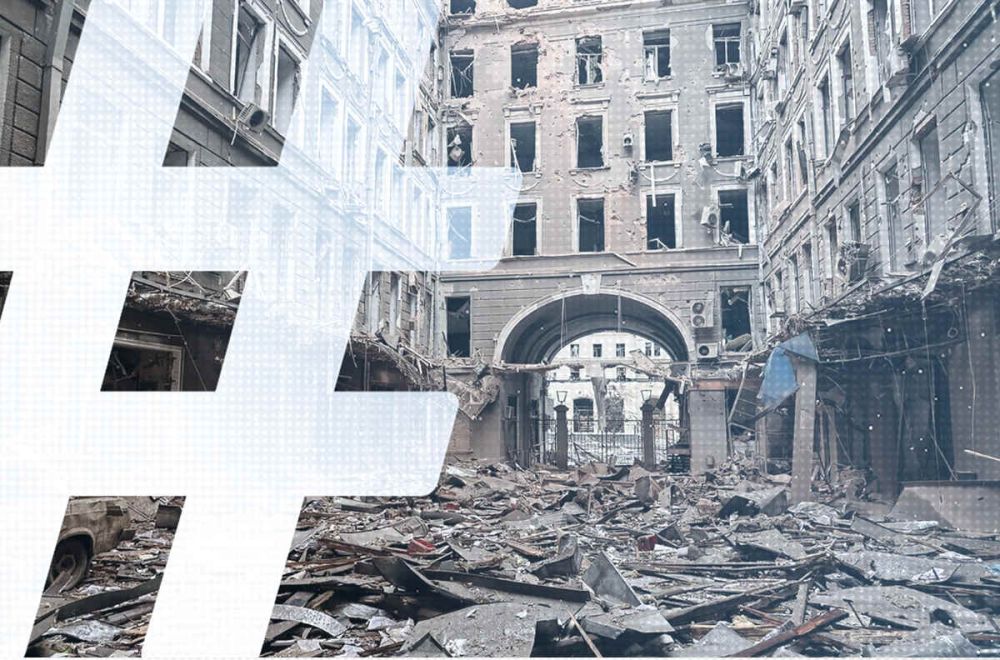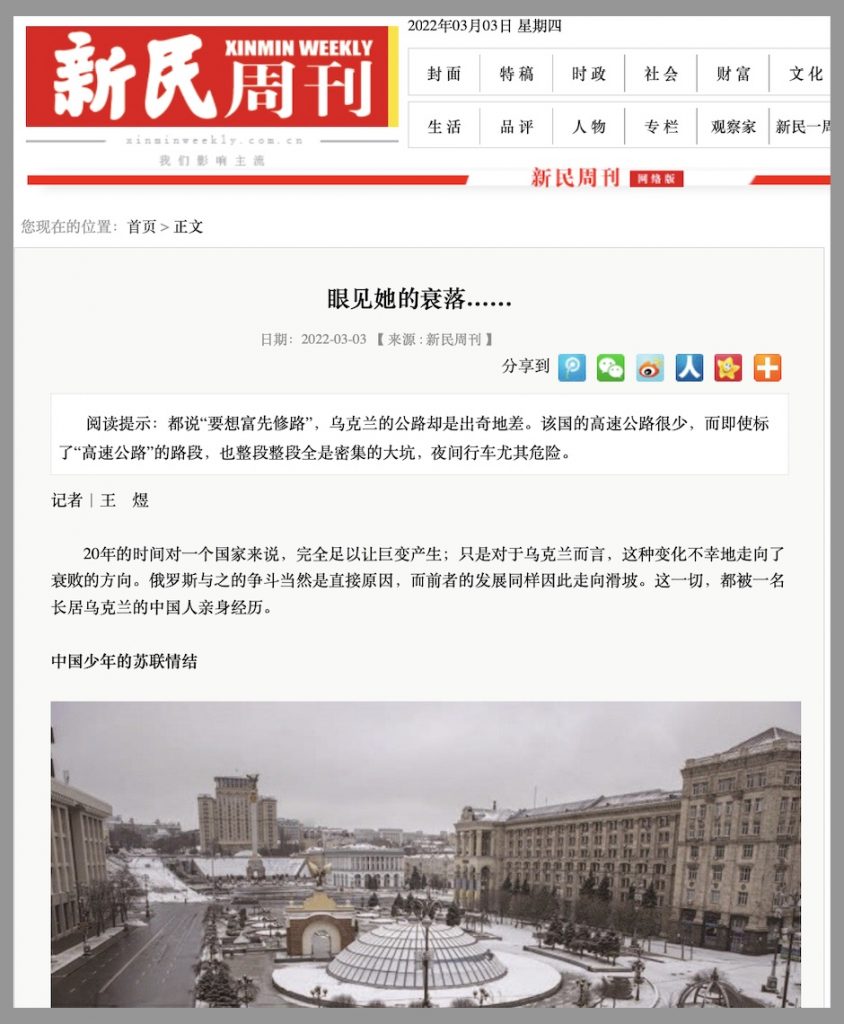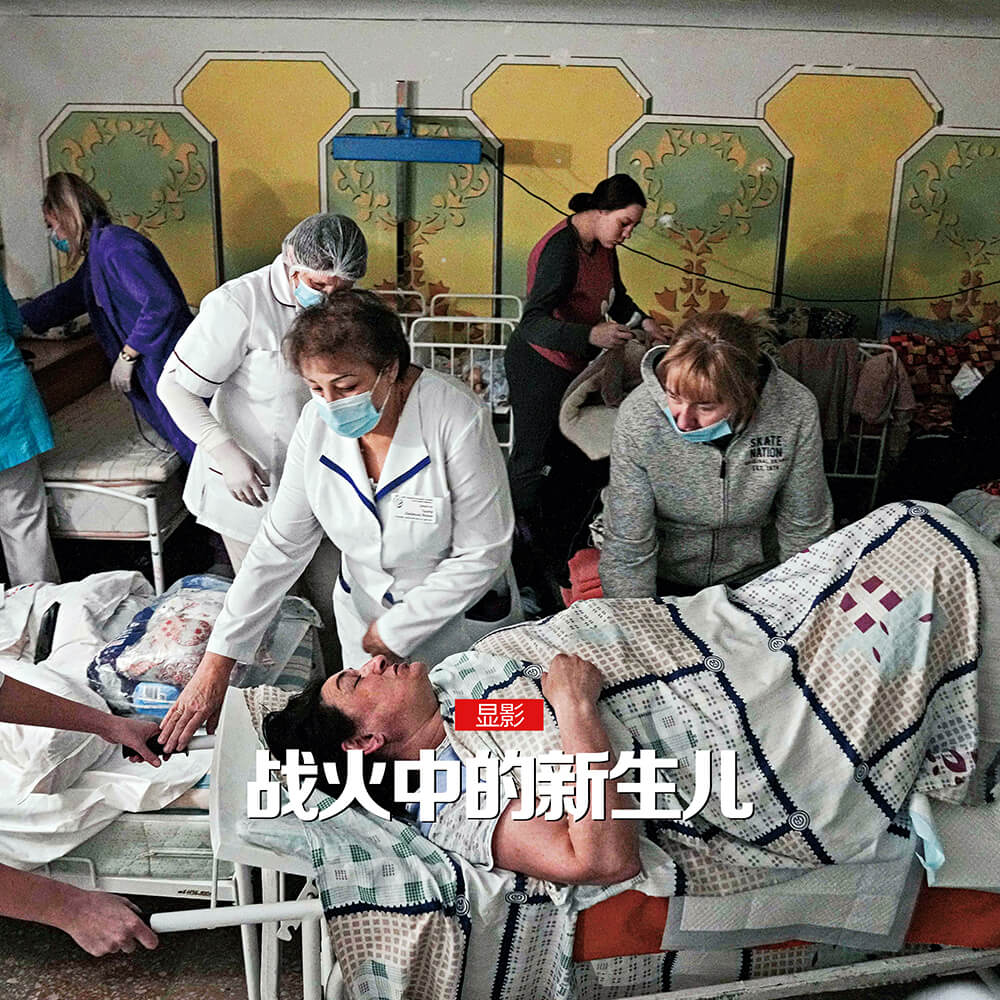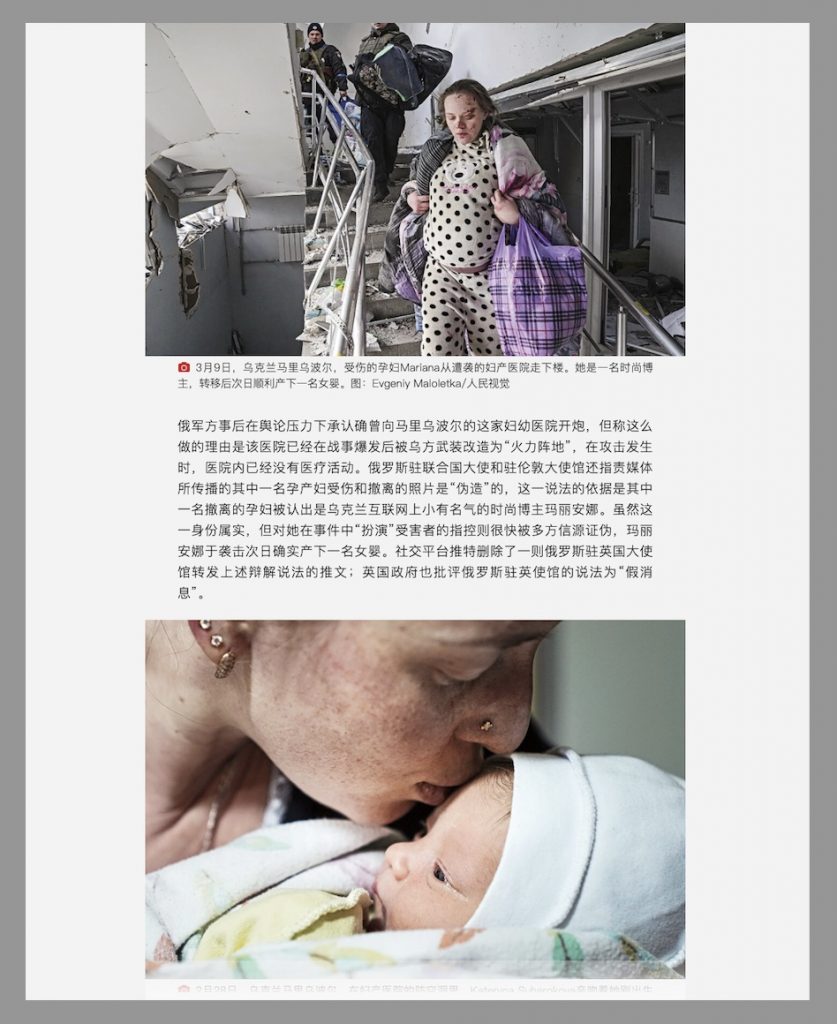
Devastation in a Ukrainian residential block under Russian bombing. Image by manhhai available at Flickr.com under CC license.
In a brief study of Chinese media coverage of the Ukraine war earlier this month, the China Media Project found that while the majority of media reports inside China refer to the war as either the “Russia-Ukraine conflict” or a “special military operation,” there were notable exceptions.
Certainly, coverage of Ukraine in the official state media has emphasized a number of Party-state frames – about the US and NATO as the instigators of the “conflict,” about US hypocrisy and alleged disinformation (as China actively spreads Russia and homegrown disinformation about alleged US bioweapons activities), and about China as a peace-loving and responsible power.
But other media have worked to tell more human and nuanced stories about the war, and to emphasize the unfolding humanitarian crisis in Ukraine. Those stories, which reflect the persistence of professional journalism values within a difficult environment, deserve to be acknowledged as part of the story of China’s media story on Ukraine.
As we noted in our study, Shanghai’s Xinmin Weekly, published by Shanghai United Media Group (SUMG), the very same conglomerate that publishes the official Party newspaper Jiefang Daily, ran a feature story on March 3 called “Witnessing Her Decline,” which followed Sun Guang (孙光), a 19 year-old Chinese student in Ukraine whose life was upended by the war. The story was unflinching from its first line: “In the early hours of February 24, 2022, Russia launched a war against Ukraine . . . “

We also noted another story in our study sample from Caixin Weekly (财新周刊), the business and current affairs magazine published by Caixin Global under the professional leadership of Hu Shuli (胡舒立). That story, “Russia and Ukraine Reorganize the World” (俄烏重組世界), was the March 7 cover story in Caixin Weekly. Like the Xinmin Weekly story, it began with a reference to the “war” in Ukraine that did not pull punches: “In the midst of this war in the spring of 2022, the Crimean Peninsula, the site the last major conflict over sovereignty between Russia and Ukraine in 2014, has become a key departure point for the Russian military’s offensive push deep into Ukraine.”
Today we focus on another Caixin Weekly piece that again speaks to the outlets professional ambition to contribute meaningful reporting on a crucial global story. Published in the latest edition of the magazine, the story is called “Born in the Midst of War” (战火中的新生儿), by reporter Xu Heqian (徐和谦). “Since the start of the war, more than 4,300 children have been born in Ukraine, and maternity hospitals have not been spared from the shelling, with many maternity wards forced to relocate to basements and bomb shelters,” the story begins.

Against the political frames and abstractions that drive the majority of stories at Party-state media outlets, such as Xinhua and the Global Times, the Caixin Weekly story is human and relatable.
A section of the story follows in translation:
Regardless of the current state of the war and the rhetoric of both sides, a humanitarian catastrophe is imminent in Ukraine, and this is typified by attacks on hospitals. The sight of a pregnant woman on a stretcher through the rubble and debris sparked widespread concern in world opinion. The woman was brought in with a crushed pelvis and a dislocated hip, and her baby was delivered by C-section with “no signs of life,” according to Marin, the doctor at the second hospital where she was treated, and the woman did not survive after more than half an hour of emergency resuscitation.
Fortunately, two other women who escaped from the same attack gave birth to their newborns after being transferred to a neighboring hospital. Video footage from the area confirms that even as the hospital was delivering babies and performing life-saving surgeries, there were still frightening sounds of shelling from the surrounding area.
The Russian military later admitted, under public pressure, that it did fire on the maternity hospital in Mariupol, but said it did so because the hospital had been converted into a “fire position” by Ukrainian forces after the outbreak of the war, and there was no medical activity in the hospital at the time of the attack. The Russian ambassador to the UN and the embassy in London also accused the media of “faking” the photos circulated of the injury and evacuation of one of the pregnant women, based on the fact that one of the evacuated women was identified as Mariana, a well-known Ukrainian fashion blogger on the Internet. While this identity was true, the accusation that she “played” the victim in the incident was quickly disproven by multiple sources, and Mariana did give birth to a baby girl the day after the attack.

The social media platform Twitter deleted a tweet in which the Russian Embassy in the UK retweeted the above justification; the British government also criticized the Russian Embassy’s claim as “fake news”.
The “shelling of a maternity hospital” behind this public outcry is just a typical example of the current humanitarian crisis in Ukraine. Since the start of the fighting on February 24, the World Health Organization’s Health Care Attack Monitoring System has recorded 31 attacks on Ukrainian health care facilities or carriers, including 24 that have resulted in the damage or destruction of health care facilities and five that have damaged or destroyed ambulances, resulting in a total of at least 12 deaths and 34 injuries.




















